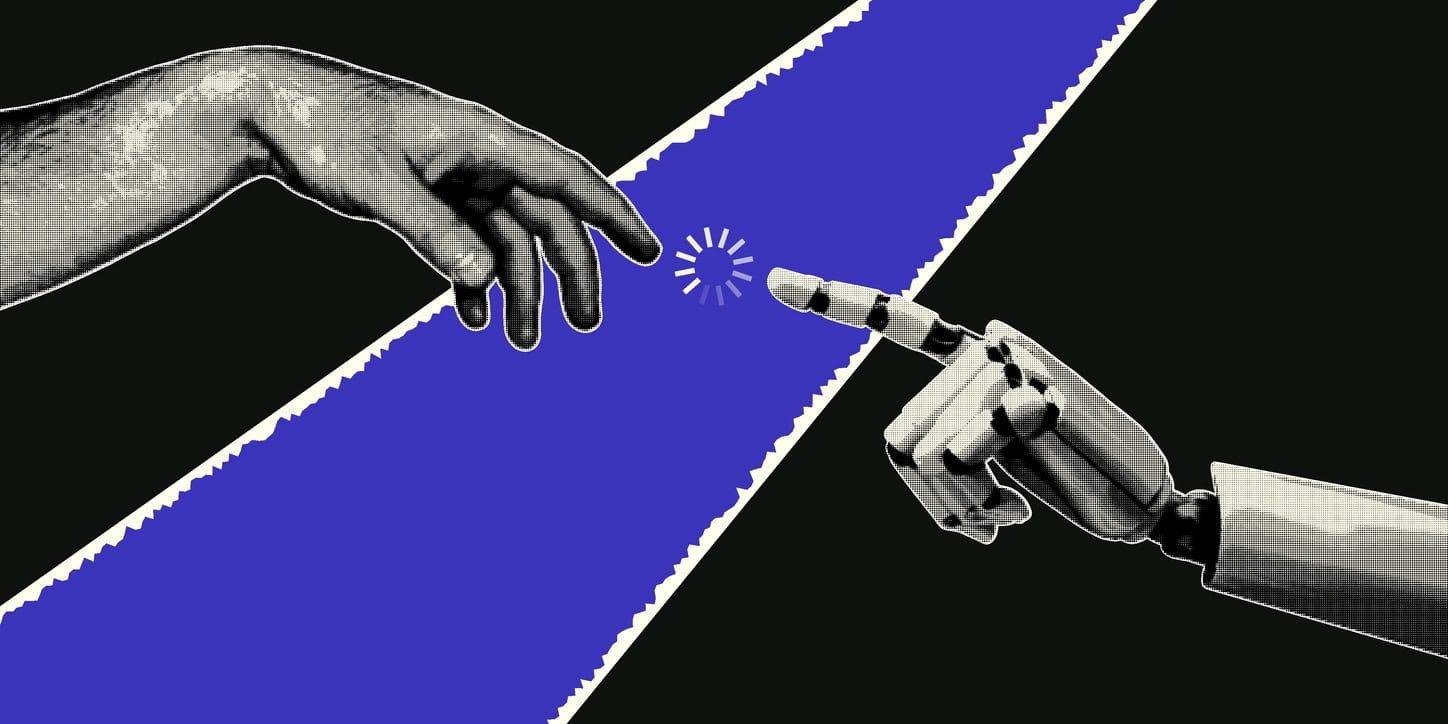One of the keys to building a successful website is having a strong user journey. Whether you’re looking to drive more conversions, boost your website engagement, or improve your overall digital presence, the journey you send your users on will make all the difference in whether you can achieve these goals. So, in today’s, blog we will explore some practices you can adopt to optimise your user journey for maximum results.
Understanding the User Journey
The user journey represents the path that visitors take from the moment they land on a page to the point where they take the desired action, such as making a purchase or filling out a contact form, and continues into long-term customer loyalty. Having a clear structure for the journey that you want your users to take will help to optimise the journey to ensure that they get to where you want them to be. This in turn will lead to better results for your business and long-term customer relationships.
Here are some steps to help navigate your user journey:
Define Your Goals
The first step in creating a user journey is to establish the goals for your website and the types of conversions that you want to encourage users to make. This is basically, what you want visitors to do after they land on your site. By defining these goals you will be able to tailor your content better to lead to the desired results.
Common goals include:
- Making a purchase
- Filling out a contact form
- Subscribing to a newsletter
- Downloading a resource
- Engaging with content
Understand Your Audience
The next step in creating a user journey that resonates is to understand who you are targeting. If you’re not familiar with the people you are targeting then it will be difficult to tailor your content. So, start by mapping out their pain points, what they need to overcome their challenges and their personal preferences. By creating buyer personas that cover all of these factors, you will be able to identify what your audience is looking for and how to deliver your solutions to them effectively.
Map the Journey
Now that you have your goals and a deep understanding of your audience, it’s time to start planning the journey. Think about what you want the initial touchpoint to be and what is the desired end goal. The initial touchpoint could be a Google search, a social media post, or an email.
Next, you need to consider where that will take them, this could be:
- Landing on your website
- Navigating through pages
- Engaging with content
- Learning about your products or services
- Considering options
- Taking the desired action
Your goal is to guide users from one point to the next until they make a conversion through a smooth and logical journey.
Optimise for User Experience
User experience (UX) will also play a role in how effective your journey is. If your website is confusing, unappealing or loads slowly, then users are likely to click off and go to your competitors instead. However, by having an aesthetically pleasing website that it easy to navigate through, loads quickly and is optimised for all devices, you’re likely to keep users engaged and encourage them to continue exploring.
Create Captivating Content
Your content will also play a major role in your user journey. Your goal is to create engaging and educational content that clearly addresses your audiences’ needs and provides valuable information. From blog posts to product descriptions, your content should keep your audience informed and guide them towards making an informed decision about your products and services and ultimately encourage them to convert.
Include Guiding Pages
One of the best ways to guide users’ journey through your website is to have an easy-to-navigate web page structure. You need to focus on the journey from your home page or a landing page through to your service pages or blogs, all the way to the final page where you want them to complete the conversion or desired action.
Here are some of the essential pages to include on your website:
- Home Page: This is the most important page of your website as this is where most users will land first. So, it needs to provide a clear overview of your business and offerings and guide users to explore more pages through clear calls to action and buttons or links.
- Category Pages: These are the pages that overview relevant subcategories or service pages. Users will generally navigate to these from your home page or Google search, from this stage you need to guide them to check out more pages and choose a specific product/service.
- Subcategory Pages: Many service providers will have a range of subcategory pages that outline each of the individual services or products that you offer in detail and guide users to the product or service page where they will make the conversion.
- Product/Service Pages: This is where the nitty gritty starts to come in; providing a clear and detailed overview of the product or service itself (who it’s applicable for, what’s it made of, the metrics, the technicalities, etc.). The more information you can provide the better as this is where you will seal the conversion and encourage users to take the desired action.
- Blog: Your blogs are also really important for providing extra information and value for your users. This is where you’ll provide a deeper explanation or inspiration on how users can use your products or services or what they can expect from them. They’re also essential for building your SEO and helping more users find your business online.
Track & Analyse Results
Once you’ve planned out your journey, the next step is to continually monitor it and track the results to see if it’s working or not. By implementing regular tracking to analyse your results you’ll be able to see where and when users tend to bounce off your site and the content and pages that are generating the most engagement and conversions. This in turn will allow you to identify areas for improvement to create a stronger journey and get even more conversions and engagement in the future.
Continuous & Consistent Improvements
Finally, you need to be continually adapting your website and improving the journey. Customers’ lives are always changing, as is the digital landscape, so your website and journey need to evolve with them. By regularly re-assessing your business goals, audience preferences and content strategies, you will be able to ensure that your website continues to resonate and help you achieve your goals.
Navigate the User Journey for Clear Upwards Results
Creating a user journey that converts is a journey in itself, but the benefits are well worth the time and effort. By following the steps and tips we’ve provided today, you’ll be able to clearly define your intended user journey and optimise it for success to ensure that your audience always gets to where you want them to be.






